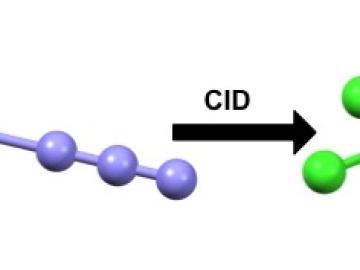
Filter News
Area of Research
- (-) National Security (45)
- (-) Supercomputing (153)
- Advanced Manufacturing (5)
- Biological Systems (1)
- Biology and Environment (102)
- Biology and Soft Matter (4)
- Building Technologies (2)
- Chemical and Engineering Materials (3)
- Chemistry and Physics at Interfaces (7)
- Clean Energy (168)
- Climate and Environmental Systems (7)
- Computational Biology (1)
- Computational Chemistry (5)
- Computational Engineering (1)
- Computer Science (3)
- Data (1)
- Earth Sciences (1)
- Electricity and Smart Grid (1)
- Energy Frontier Research Centers (7)
- Fuel Cycle Science and Technology (2)
- Functional Materials for Energy (8)
- Fusion and Fission (32)
- Fusion Energy (7)
- Geographic Information Science and Technology (1)
- Isotopes (21)
- Materials (122)
- Materials for Computing (13)
- Materials Synthesis from Atoms to Systems (8)
- Materials Under Extremes (7)
- Neutron Data Analysis and Visualization (2)
- Neutron Science (72)
- Nuclear Science and Technology (27)
- Quantum Condensed Matter (3)
- Quantum information Science (4)
- Renewable Energy (2)
- Sensors and Controls (2)
- Transportation Systems (4)
News Type
News Topics
- 3-D Printing/Advanced Manufacturing (3)
- Artificial Intelligence (25)
- Big Data (15)
- Bioenergy (4)
- Biology (8)
- Biomedical (7)
- Biotechnology (2)
- Buildings (2)
- Chemical Sciences (1)
- Climate Change (15)
- Computer Science (49)
- Coronavirus (8)
- Cybersecurity (8)
- Decarbonization (4)
- Energy Storage (1)
- Environment (16)
- Exascale Computing (12)
- Frontier (13)
- Grid (4)
- High-Performance Computing (22)
- Machine Learning (13)
- Materials (5)
- Materials Science (9)
- Mathematics (1)
- Microscopy (2)
- Nanotechnology (5)
- National Security (23)
- Net Zero (1)
- Neutron Science (7)
- Nuclear Energy (3)
- Physics (3)
- Quantum Computing (10)
- Quantum Science (11)
- Security (6)
- Simulation (10)
- Software (1)
- Space Exploration (1)
- Summit (21)
- Sustainable Energy (3)
- Transportation (3)
Media Contacts
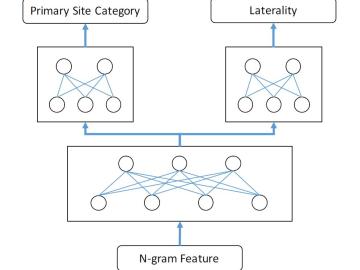
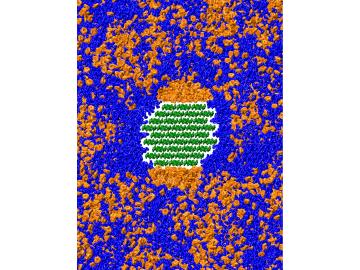

The Department of Energy’s Oak Ridge National Laboratory will add its computational know-how to the battle against cancer through several new projects recently announced at the White House Cancer Moonshot Summit.
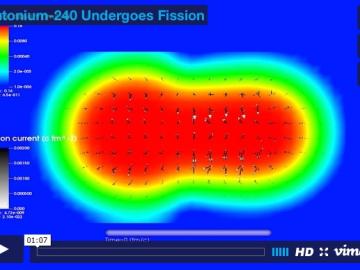
While trying to fatten the atom in 1938, German chemist Otto Hahn accidentally split it instead. This surprising discovery put modern science on the fast track to the atomic age and to the realization of technologies with profound potential for great harm or great help. Altho...
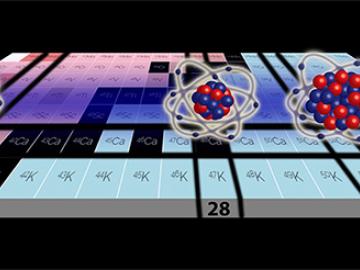
For decades nuclear physicists have tried to learn more about which elements, or their various isotopes, are “magic.” This is not to say that they display supernatural powers. Magic atomic nuclei are composed of “magic” numbers of protons and neutrons—collectively called nucleons—such as 2, 8, 20, and 28.
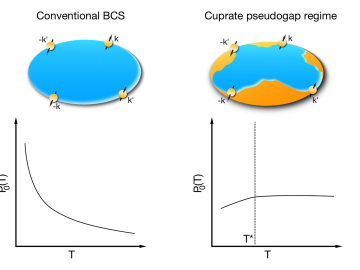
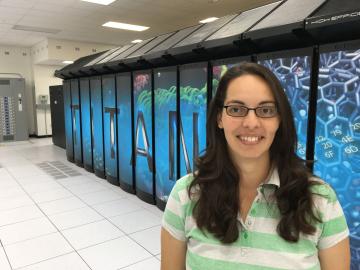
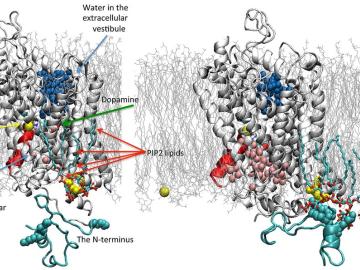
In an era of instant communication, perhaps no message-passing system is more underappreciated than the human body. Underlying each movement, each mood, each sight, sound, or smell, an army of specialized cells called neurons relays signals that register in the brain and connect us to our environment.
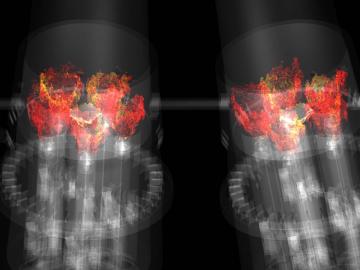
In the United States, the use of natural gas for electricity generation continues to grow. The driving forces behind this development? A boom in domestic natural gas production, historically low prices, and increased scrutiny over fossil fuels’ carbon emissions. Though coal still acco...
